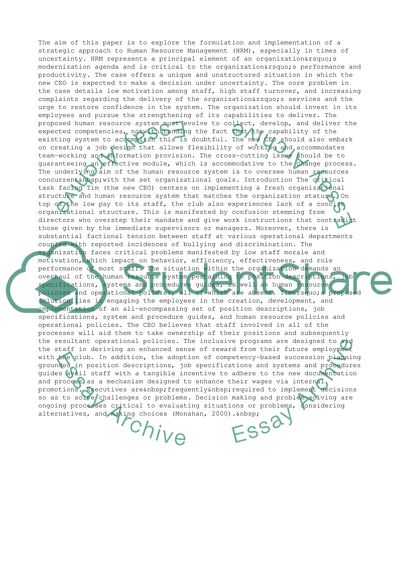Cite this document
(Human Resources Management and Technical Changes Case Study, n.d.)
Human Resources Management and Technical Changes Case Study. Retrieved from https://studentshare.org/management/1454980-managing-under-uncertainty
Human Resources Management and Technical Changes Case Study. Retrieved from https://studentshare.org/management/1454980-managing-under-uncertainty
(Human Resources Management and Technical Changes Case Study)
Human Resources Management and Technical Changes Case Study. https://studentshare.org/management/1454980-managing-under-uncertainty.
Human Resources Management and Technical Changes Case Study. https://studentshare.org/management/1454980-managing-under-uncertainty.
“Human Resources Management and Technical Changes Case Study”, n.d. https://studentshare.org/management/1454980-managing-under-uncertainty.


